Are you an aspiring writer? Ever wish an accomplished author would come alongside and help you make your writing shine?
Friday we talked about the value of reading fiction for what we can learn from the characters and their story. But if you’re a writer and yearn for the day when you, too, will be published, there’s another reason for you to read.
To learn how writers write. To learn what works and what doesn’t.
For the price of their book, and a few colored pencils and paper, you can have private tutoring lessons from any author you want. The trick is to learn to read like a writer.
If you’ve been on this writing journey for long, you’ve hopefully learned by now that the characters in each scene need goals, they need strong reasons for pursuing those goals, things at stake, and they should face obstacles to achieving them.
So choose a compelling scene from your new mentor’s book. What are the goals of the characters? Why do they want these things? What’s at stake if they don’t get them?
Stop and think about what some obstacles to those goals might be if you were writing the story. Would those obstacles propel the character to push forward or change directions?
Now look at the obstacles the author throws in the character’s path. Did she surprise you? Why do you think she chose a particular obstacle? Did it deepen characterization? Did it simply get the character to the next place she needed him to be?
Did the scene tug at your emotions?
Figure out why. How did she draw you into her character’s skin?
Through thoughts? Through telltale actions that, at first glance, might seem incidental, but on a deeper psychological level clue the reader into the fact the character is trying to distance himself from his emotions, or the situation, or whatever?
Or did the author use a powerful symbol or metaphor that conveyed a deeper meaning, perhaps on a subconscious level?
Look at his word choice. How does he convey the character’s mood through the character’s perceptions of the world around him? For example, an author might show the same setting through different characters eyes to contrast their outlooks. Or he might show how a character’s perceptions change over the course of the story.
What in the scene bugs you? Why?
Why do you think the author chose to include it? Do you think it was a conscious decision?
One thing that drives me a little crazy in romance stories is copious descriptions of what characters are wearing or the room they’re standing in. I don’t tend to visualize what’s being described so it doesn’t help me create a better image in my head.
Also as a mystery writer, I put elements into a story for a reason. So…
When I read a bunch of details about a room, including that “gold” pillow on the sofa, I expect it to be there for a reason. Maybe that pillow was used to smother Aunt Agatha, or maybe the killer lost something between the cushions, or maybe the author is showing how this particular character, an aspiring interior designer, doesn’t miss a single thing when she enters a room–a quality that will prove important to the outcome of the story.
What promises, however inadvertent, does the writer make to the reader in the scene? Does he deliver on them later?
I could go on and on, but hopefully you get the idea. I will add though, that you will also learn a lot from dissecting books or scenes that you don’t find compelling, and analyzing why, so you can avoid similar missteps in your own writing.
Your Turn: What have you learned from reading other writers’ fiction? Any questions about why I made certain choices in my books? The answers may surprise you. ~grin~
Giveaway Winner: Jes you are the winner of Beth Vogt’s novel Wish You Were Here. I will be emailing you for your address. Thank you to all who joined Friday’s conversation!
Images courtesy of Ambros & photostock at FreeDigitalPhotos.net



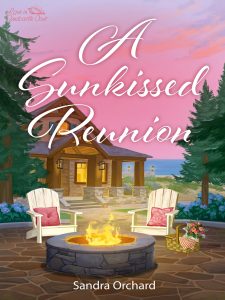

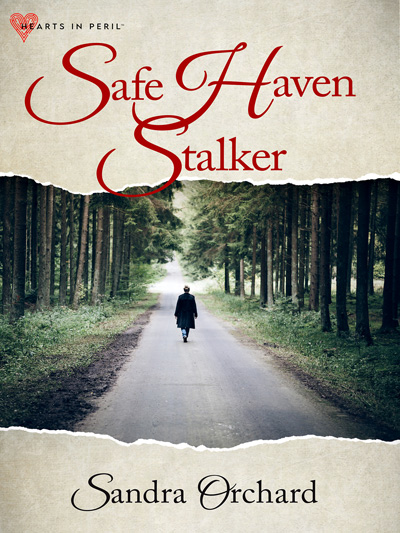
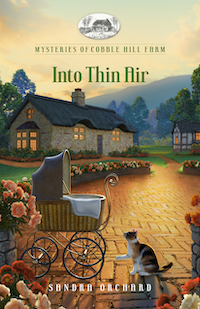
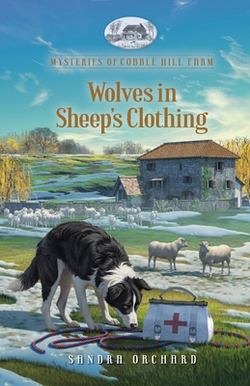
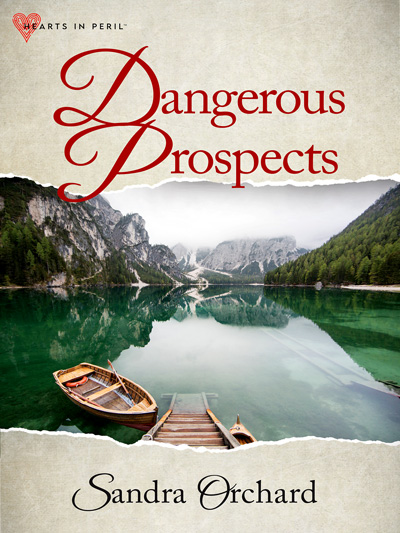


 RSS - Posts
RSS - Posts


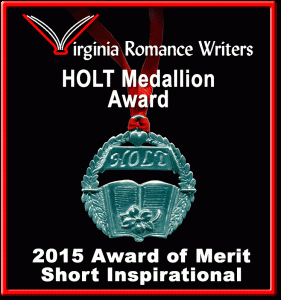
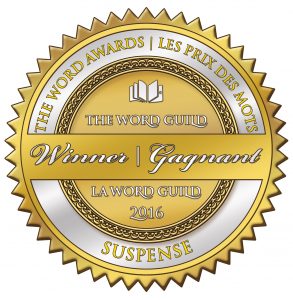
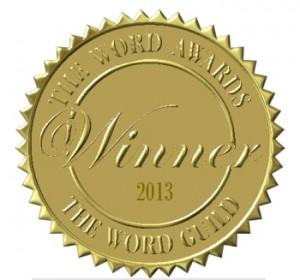
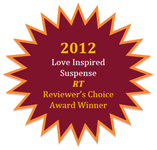
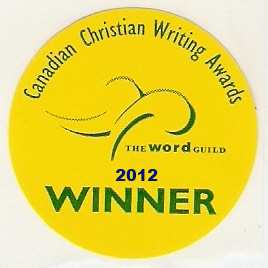

This is a great post, Sandra. We always learn when we read. I think when you pull apart a scene, you see the real writing, and learn from it. I love powerful symbolism…
Ooh, great post, Sandra. I love learning from my favorite writers! 🙂
Oooh, this is fabulous!!! I love it. I was just reading Krista Phillip’s debut last night and found myself laughing. So I stopped, went back and looked at her sentences and word choices. I wanted to see how she’d hooked me into the story so well. 🙂
I haven’t heard of Krista. I’ll have to look her up.
This tutorial helps a lot especially for beginners.
So glad you found it helpful!
Oh, my goodness, my head is spinning! Can I simply pray for the spiritual gift of great writing? LOL!
I like to mark pages in novels, then make a list on the inside front cover and refer to the scene or phrase I think is particularly helpful. I then mark it with a tag, such as…
Blushing: “A crimson wave fluttered her cheek.” Page 34
Ooh, I find it really hard to write in a book but I suppose if I want that writer to be my tutor I must 🙂
Do you recommend reading the whole book through first to get a feel for the pace, how it moves you, etc, and then reading it again with notes?
Yes, I always read it through with a pad of little post it tabs. I mark the places that I want to come back to and focus on later. Reading the whole book first, helps you to understand why the author may have made some of the choices she did.
Great post, Sandra! I’ve learned (and continue to learn) so much from my favorite authors (including YOU!). Since my favorite genre is historical romance, I enjoy re-reading certain parts of books that held me spellbound–to determine exactly WHY that section appealed to me so. But I haven’t really kept notes from those books, so that’s what I plan to start doing (just cannot bring myself to write in any book except my Bible and devotional books *sigh*). Thanks for sharing this super helpful post. Hugs, Patti Jo 🙂
So glad you found it helpful. Hugs, Sandra